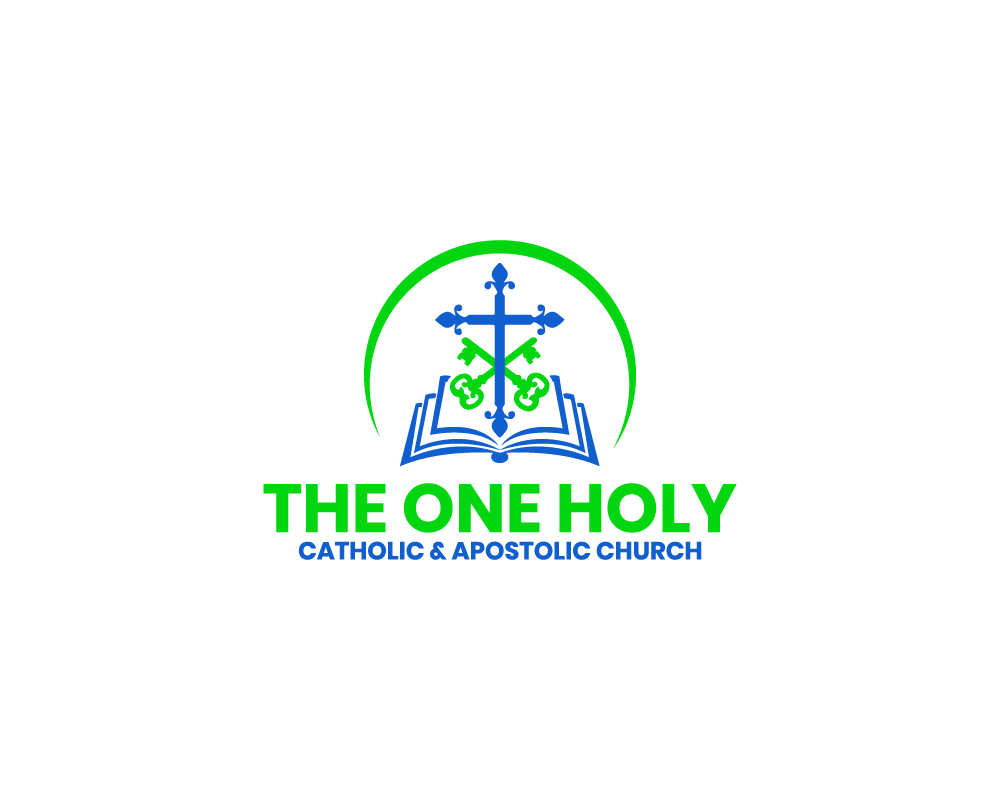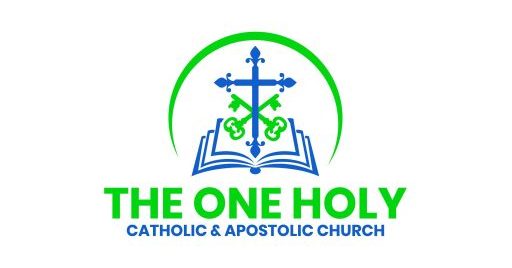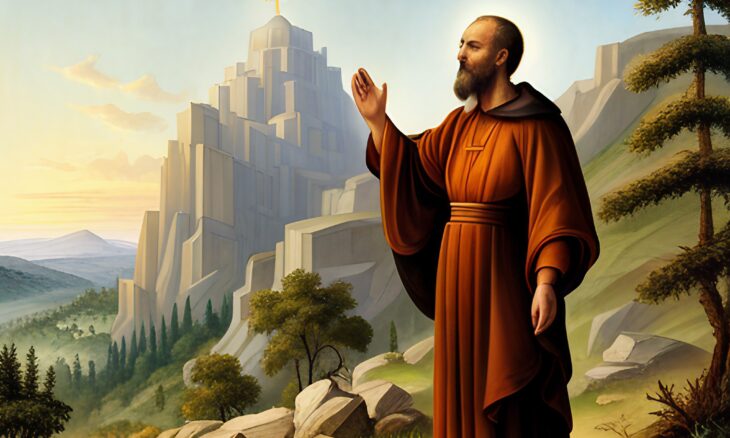The Purpose of Monasticism: Reconciling the Individual with Society
Monasticism is not an escape from society or a rejection of the body. Instead, it seeks to reconcile the individual with society and transform the desires of the body in anticipation of the future kingdom. This “eschatological” perspective values both the world and the body in light of the final resurrection. Excessive abstinence is seen as more harmful than overindulgence. Orthodox Patristic texts emphasize the joyful aspect of ascetic discipline and the transformation of passions through love.
The Origins of Monasticism: Influenced by Biblical Figures and Spread Across Regions
The roots of monasticism can be traced back to biblical figures like Elijah, John the Baptist, and the teachings of Saint Paul on celibacy. Monastic life developed in different regions, starting in Egypt and Syria in the third and fourth centuries, and then spreading to Palestine, the West, Asia Minor, Sinai, and Mount Athos. These diverse expressions of monasticism spread alongside Orthodox missions throughout history, with unique traditions emerging in Slavic lands later on.
Early Monasticism and the Impact of Saint Anthony of Egypt
Saint Anthony of Egypt played a significant role in the birth of Eastern Christian monasticism around 270 AD. He embraced a life of poverty and solitude, inspiring numerous men and women to follow three monastic lifestyles: hermit life, communal life, or the skete (a middle way). These traditions are still alive today on Mount Athos, where twenty monasteries and several sketes provide refuge for devoted monks and nuns.
The Goal of Heavenly Contemplation: Vision of the Divine Light
Heavenly contemplation, also known as the vision of the divine light, is the ultimate goal of Orthodox monasticism. Church Fathers throughout the centuries have defined and articulated the theological and spiritual depth of this vision. Silence and stillness have been valued and defended by the Church Fathers, from the early desert dwellers in the fourth century to the Hesychasts in the fourteenth century and monks and nuns worldwide today. Saint Gregory Palamas became a prominent figure in the fourteenth century, championing the evangelical and traditional roots of this way of life. His persistent prayer was “Lord Jesus Christ, enlighten my darkness!”



